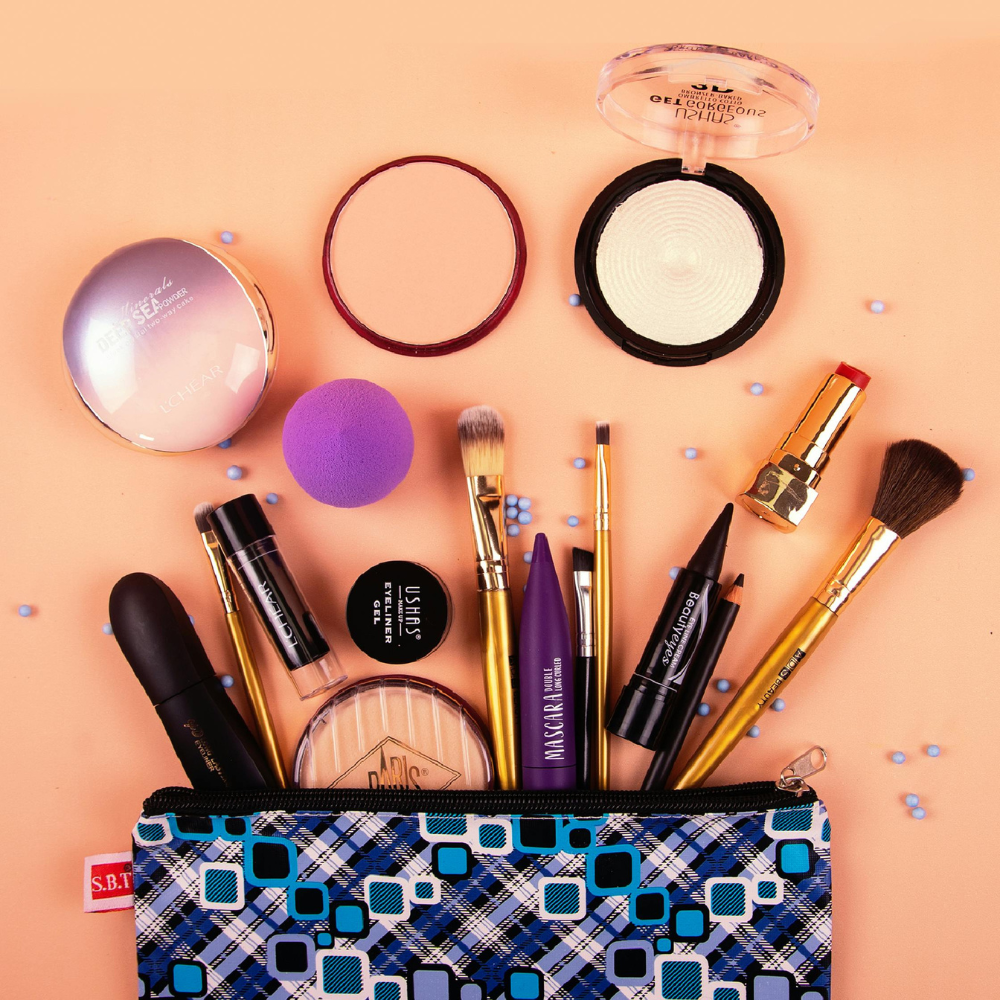
How to Construct a Hair Care Routine from the Ground Up

If you’re feeling overwhelmed by the endless array of shampoos, conditioners, oils, and styling products, don’t worry — you’re not alone. Building a hair care routine from scratch can seem daunting at first, but with the right approach, it can become a simple and rewarding part of your daily or weekly self-care ritual. No matter if you have straight, curly, wavy, thick, thin, oily, dry, or color-treated locks, this guide will lead you through the basics of making a routine that caters to your special needs.
Step 1: Learn About Your Hair Type and Scalp Condition
Take a moment to learn about your hair before you go out and purchase something. Hair type and scalp condition are the building blocks of an effective hair care routine.
-
Hair Type: Hair usually belongs to one or more of the following types — straight, wavy, curly, or coily. Each type would be handled differently with specific care and products. For instance, curly hair would be drier and more brittle compared to straight hair and, therefore, would require more moisturizing products.
-
Hair Texture: The thickness of the individual strands—fine, medium, or coarse. Fine hair tends to get weighed down, and coarse hair tends to require more moisture.
-
Scalp Condition: Does your scalp tend to be oily, dry, or in balance? Oily scalps might require more frequent cleansing, whereas dry scalps find gentle moisturizing and less washing beneficial.
To find out your hair type, see how your hair responds when you wash and air dry it without any styling product. For scalp evaluation, see whether you quickly become itchy, flaky, or greasy.
Step 2: Determine Your Hair Objectives
What do you want your hair care routine to do for you? Typical objectives are:
-
Moisturizing dry or damaged locks
-
Controlling frizz
-
Defining curls or waves
-
Keeping color vibrant or fading at bay
-
Adding body
-
Stopping hair loss or growing hair
Your objectives will determine your product selection and how you handle your hair.
Step 3: Choose the Proper Shampoo and Conditioner
The cornerstone of any hair treatment regimen is shampoo and conditioner. But these aren't one size fits all.
-
Shampoo: Select a shampoo that is appropriate for your hair and scalp condition. For oily scalps, use clarifying shampoos that wash away oils without drying out the hair. For damaged or dry hair, use soft moisturizing shampoos or sulfate-free shampoos to prevent the use of harsh chemicals.
-
Conditioner: Conditioner replenishes moisture and shields hair. Choose one that works well with your shampoo. For fine hair, a light conditioner that will not weigh your hair down is best. For thick, coarse, or curly hair, richer conditioners containing soothing oils and butters are more effective.
-
Tip: Avoid sulfates and harsh detergents in shampoos if you have sensitive skin or dry hair because they dry and irritate the hair.
Step 4: Set Your Washing Schedule
The frequency of washing depends on your scalp type, lifestyle, and hair objectives. Washing too often will strip away natural oils, and washing too little will result in buildup.
-
Oily Scalp: Could need washing every 1-2 days.
-
Normal/Combination Scalp: Washing every 2-3 days should suffice.
-
Dry Scalp: Washing 1-2 times per week keeps natural oils intact.
If you’re unsure, start by washing every 2-3 days and adjust based on how your scalp feels.
Step 5: Add Targeted Treatments
Once you have the basics in place, you can add treatments to suit specific needs.
-
Hair Masks: Deep conditioning once or twice a week fixes breakage and hydrates. Apply masks with argan oil, shea butter, keratin, or aloe vera.
-
Scalp Treatments: If there's dandruff, irritation, or oiliness, use special scalp serums or exfoliating treatments to correct it.
-
Leave-In Conditioners: They add extra moisture and protection on hair all day long, best for dry or curly hair.
-
Serums and Oils: For shine, frizz protection, and split-end shielding, a light hair oil or serum on wet or dry hair can be employed.
Step 6: Choose Your Styling Products Wisely
Styling products help you achieve the look you desire but also impact hair health.
-
Heat Protectants: If you use a blow dryer, straighten, or curl your hair, heat protectants are necessary to prevent damaging your hair.
-
Mousse or Foam: Great to give volume or define curls without heavy, weighing hair down.
-
Creams and Gels: Great to tame frizz or set styles.
-
Hair Spray: Provides hold but dries hair if used in excess. Use flex-hold sprays.
Avoid products with harsh chemicals or heavy alcohols, as they will dry your hair out in the long term.
Step 7: Adopt Healthy Hair Habits
Products alone are not enough. Your hair care routine must also involve habits that promote hair health.
-
Gentle Detangling: Detangle wet locks gently with a wide-tooth comb or fingers, from ends to roots.
-
Prevent Overheating: Apply heat tools at their lowest temperature setting. Minimize heat styling.
-
Hair Protection When Sleeping: Place silk or satin pillowcases over your hair to minimize friction and breakage. Braid or loosely wrap your hair alternatively.
-
Trim Every 6-8 Weeks: Trim your ends every 6-8 weeks to prevent split ends and promote healthy growth.
-
Keep Yourself Well-Hydrated and Nourished: Nutrition is also a significant aspect of caring for hair. Drinking water and a well-balanced diet with vitamins and minerals will result in healthy, strong shiny hair.
Step 8: Be Patient and Consistent
It takes time and trial-and-error to establish a new hair care routine. Your hair will not necessarily change overnight. Provide new products or routines a minimum of 4-6 weeks to take effect.
Use a basic hair journal to record what works and what does not. If you experience dryness, oiliness, or irritation, adjust your routine as needed.
Sample Hair Care Routine for Beginners
Here's a sample routine to try, which you can adjust according to your hair type:
Each Wash Day:
-
Gently wash your scalp with lukewarm water.
-
Condition from mid-length to end, not on the scalp to avoid accumulation.
-
Rinse with cold water to close the cuticle.
-
Pat dry with a towel gently — don't rough-dry.
Weekly:
-
Apply a deep conditioning treatment or mask once weekly.
-
Scalp treatment 1-2 times a week, if required.
Daily:
-
Apply leave-in conditioner or light serum on damp or dry hair.
-
Protect hair from heat styling when used.
-
Detangle hair gently.
-
When to Consult a Professional
If you’re dealing with severe hair issues such as sudden hair loss, scalp infections, or persistent dandruff, it’s best to see a dermatologist or a trichologist. They can diagnose underlying conditions and recommend medical treatments.
Final Thoughts
Creating a hair care regimen from scratch is a process of self-discovery and patience. Learn your hair type, choose the right products, and practice good habits to turn your hair into the best version of itself. Keep it simple — stick to what your hair actually needs instead of running after every fad product.
Begin small, listen to your hair, and have fun doing the work of taking care of yourself from root to tip!




